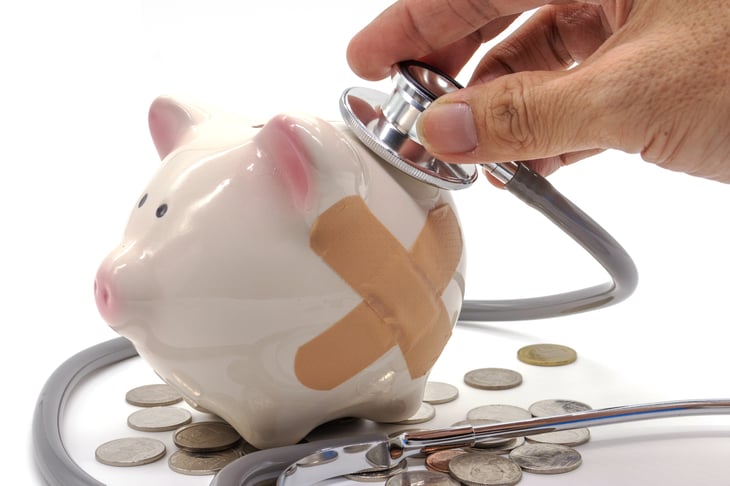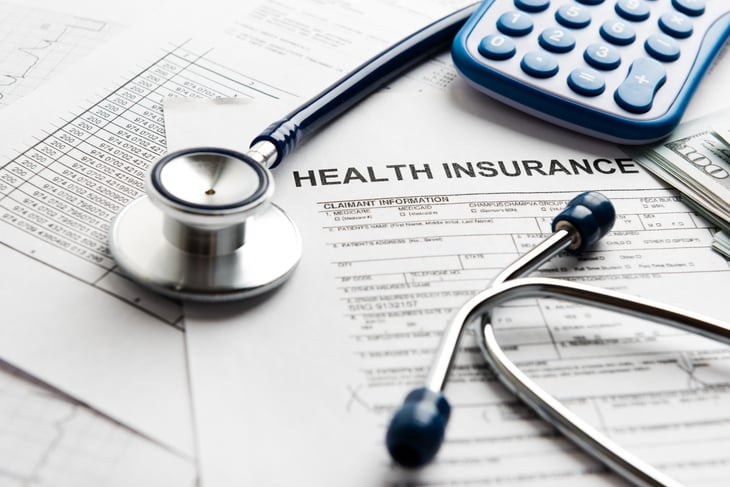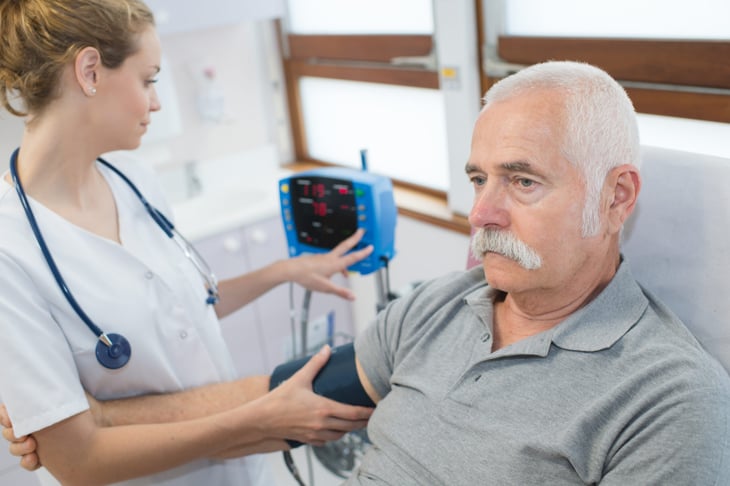
Editor’s Note: This story originally appeared on Living on the Cheap.
The last time I went to the pharmacy to fill a prescription, for generic ear drops to treat eczema, I almost had a heart attack when they handed me the bill: $184.
The last time, I had paid $10. I whipped out my phone and found a coupon that cut the price to $23, as long as the purchase didn’t go through my insurance — which wasn’t paying anything anyway.
Over the past few years, consumers have found themselves paying a higher percentage of their medical costs.
The Affordable Care Act has given more Americans access to health insurance, but many of those plans come with high deductibles — which are also becoming more common in employer-provided plans.
This change has made it important for consumers to approach medical care as they do other purchases — shopping for not only quality, but also price.
Unfortunately, the system doesn’t make that easy.
A must-know rule

“You’re going to be really frustrated when you try to act like a consumer,” says Jeanne Pinder, founder and CEO of ClearHealthCosts. “You’re going to be really frustrated because the system is broken.”
The first rule, say experts and advocates, is to ask a lot of questions of your health care provider: Is that test really necessary? Is there a generic version of that medication? Are there less expensive alternatives to this treatment? And, finally, how much is this procedure going to cost?
Pinder, a former New York Times editor, started ClearHealthCosts in 2011 to make health care costs more transparent.
The site includes costs for common procedures in eight metro areas — New York City, metro New Jersey, San Francisco, Los Angeles, Miami, Tampa-St. Petersburg, Philadelphia and Dallas-Fort Worth — plus what Medicare pays for those procedures in cities all over the country.
But shopping for gallbladder removal or a knee replacement, for example, may mean calling individual doctor’s offices, hospitals, free-standing clinics and your insurance company. And even after making all these calls, you still might not get any good answers.
“It is very difficult to find these things out,” says Tracy Watts, a senior partner at Mercer, a human resources consulting firm. “The more complicated the procedure is that you need, the harder it is to pinpoint a price.”
Why it’s hard to nail down prices

Nailing down a price is difficult because multiple players are involved in most procedures. One clinic’s fee may include the surgeon, anesthesiologist and facility. Another may bill separately for each.
That means before committing to anything, you need to ask who is going to be involved in the procedure, make sure they’re all part of your insurance plan and then compare prices.
If a high deductible means you’ll be paying most of the bills yourself, you may want to ask for the cash price, which could be lower than what you would pay if you use your insurance, says Michelle Katz, a nurse in Los Angeles who wrote “Healthcare Made Easy.”
“It’s a matter of being your own advocate,” Katz says. “It can be the difference between paying $150,000 for a procedure and $30,000 for a procedure.”
Despite the complexity of the system, consumers can do some things to get better health care for less.
Here are 12 ways to save money on health care.
No. 1: Pick the right insurance policy

That takes some work, Katz says.
You want a plan that includes your doctors and your medications, plus provides care for any chronic conditions. Information online can be incomplete or outdated, so call the doctors to make sure they’re still participating in plans you’re considering.
No. 2: Shop around for medication

GoodRX lists cash prices for generic Lipitor in Fort Lauderdale, Florida, ranging from $12.60 at Publix to $30.25 at CVS, with coupons on the site. This is where I found the $23 price, with coupon, for the ear drops.
The site doesn’t include Costco, whose pharmacy is open even to nonmembers and often has lower prices for drugs. Walmart, Target and many supermarkets offer $4 generic drugs – but not the same ones – which may cost less than your insurance copay.
No. 3: Know what your health insurance policy covers

The time to dig into your policy is before you need to use it.
Find out about preapprovals, emergency room visits, copays for doctor visits and coinsurance for procedures.
No. 4: Ask whether tests, prescriptions or procedures are really necessary

The latest drugs aren’t always better than older, cheaper drugs. If you tell the doctor you’re paying cash for what she orders, she may suggest you wait to see if the condition resolves before ordering an expensive test.
Instead of paying for 20 sessions of physical therapy, pay for one and learn exercises to do at home.
No. 5: Ask for prices upfront, and ask about discounts for cash payments

This may require calling your insurance company, doctor and hospital to find out what a procedure or an office visit will cost.
Remember that some doctors and facilities will offer a discount if you pay cash.
No. 6: Pick the right facility

If your condition isn’t life-threatening, don’t go to the emergency room. A persistent cough or a broken finger may be better treated in a drugstore clinic or an urgent care center at a much lower cost.
But not all clinics or urgent care centers are the same. Investigate the facilities near you before you need them so you can make the right choice when you’re ill.
No. 7: Check bills and insurance company statements for errors

Even those with the best insurance policies often get bills for procedures that should be completely covered.
A mistake in coding can mean the difference between a mammogram with no copay and one that costs $600.
Be vigilant in checking both bills and explanations of benefits, the statements that summarize which procedures and services are covered and those that remain for you to pay. Keep records of whom you talked to and when, because the calls are often recorded.
No. 8: Get copies of all your medical test results and records

Bringing those with you to consultations can cut the number of tests and office visits you need. Often, if you’ve had a test recently, there is no need to repeat it.
Plus, if you visit a doctor with test results in hand, she can advise you immediately rather than setting up another appointment after test results arrive.
No. 9: Take advantage of free screenings

Every community has health fairs that offer free screenings for diabetes, HIV, high blood pressure and other maladies.
By law, ACA-compliant insurance plans offer a number of screenings with no copays.
No. 10: Negotiate big medical bills

If you go into a hospital or undergo an expensive procedure, get an itemized bill, preferably before you leave the hospital.
Once you’ve made sure it’s free of errors, ask the hospital billing department for financial aid, a discount for paying in cash or a payment plan.
If you have lots of big bills, consider hiring someone to negotiate for you.
No. 11: Consider online, telephone or video consultations

Since the pandemic, video consultations have become common.
Amwell is among the companies that offer video consultations with doctors ($79 for an urgent-care visit, less if your insurance covers it).
Some insurance companies and employer plans offer free telephone hotlines that can answer questions, sometimes 24 hours a day, to help you decide if you need an urgent care visit.
No. 12: Practice preventive care

That means taking prescribed medications, keeping up a healthy lifestyle and visiting your primary care doctor for treatment of chronic conditions.
